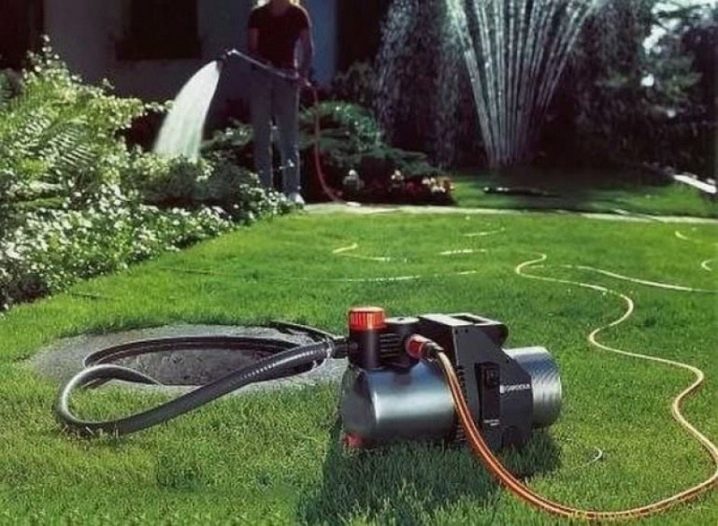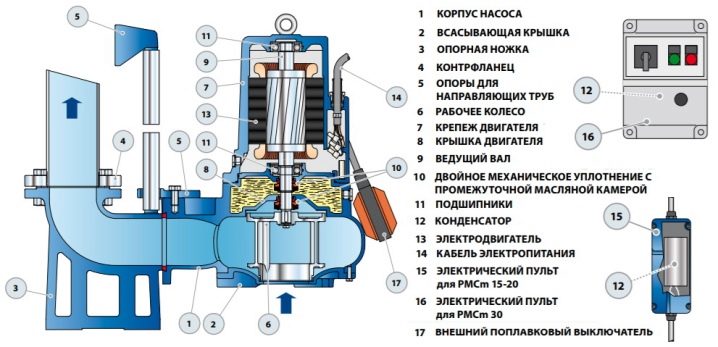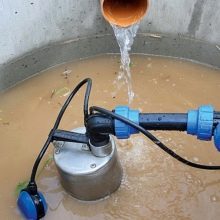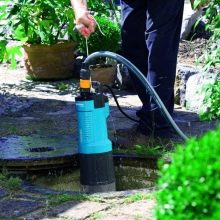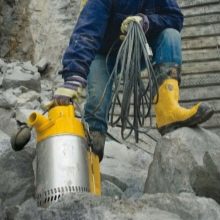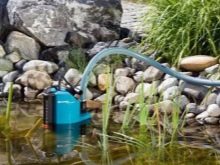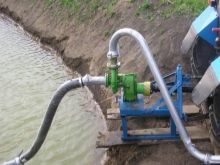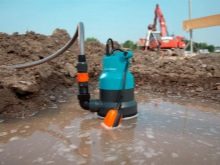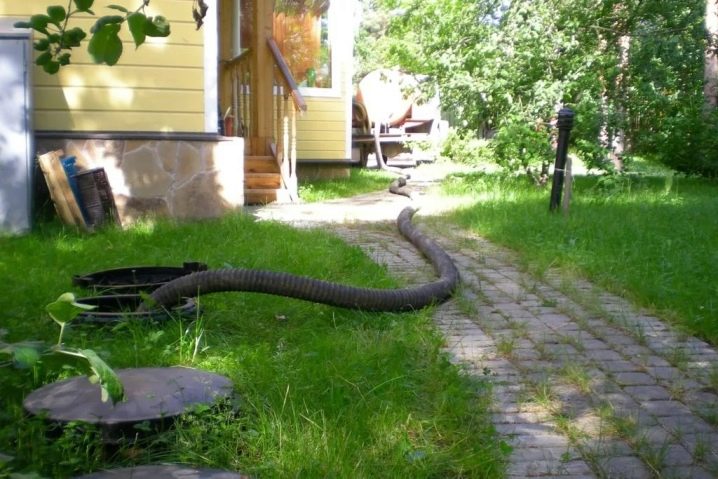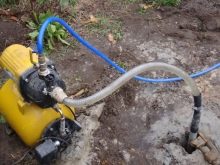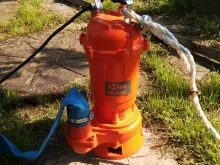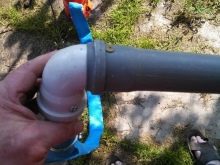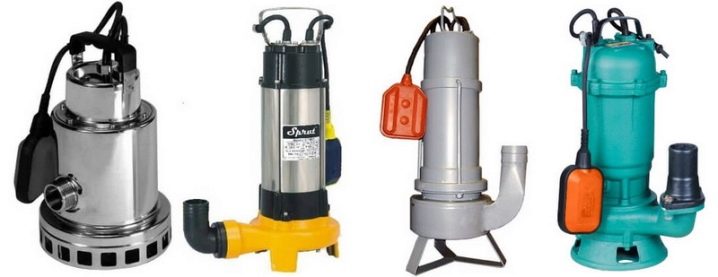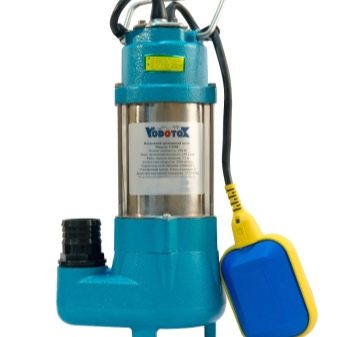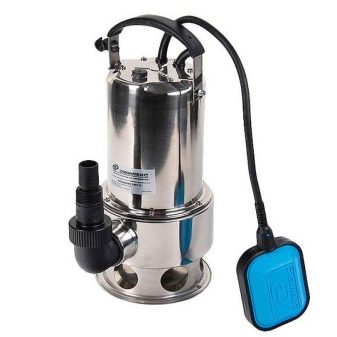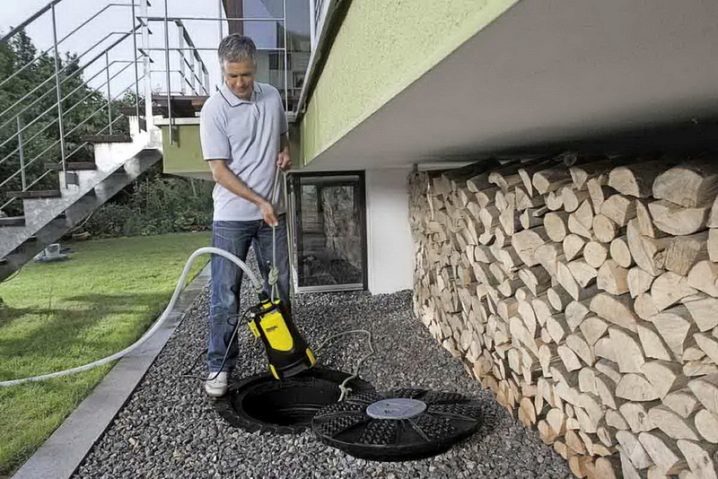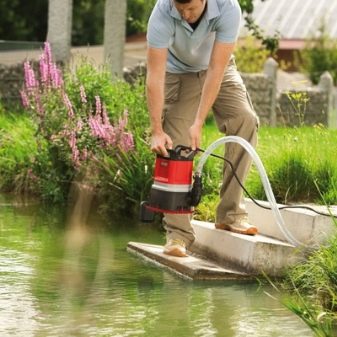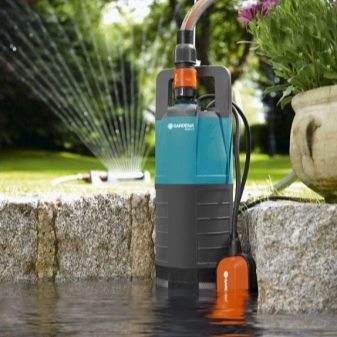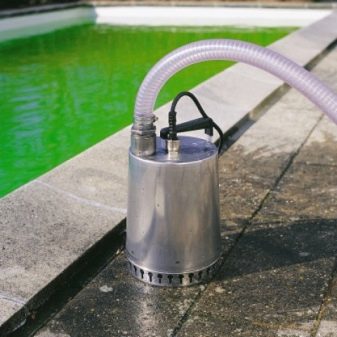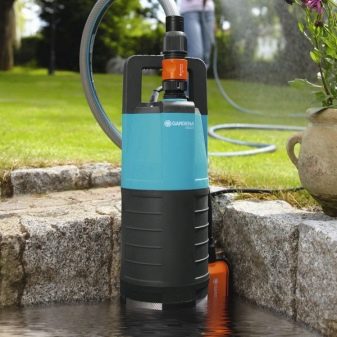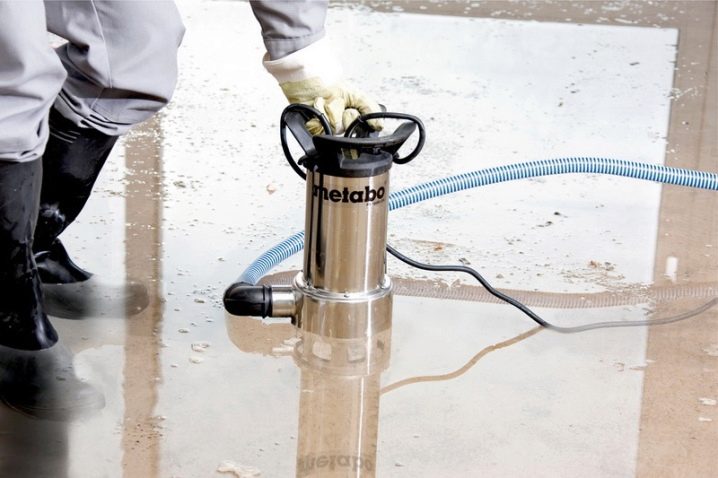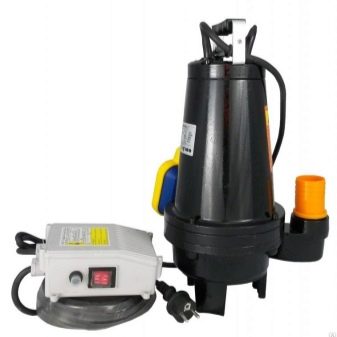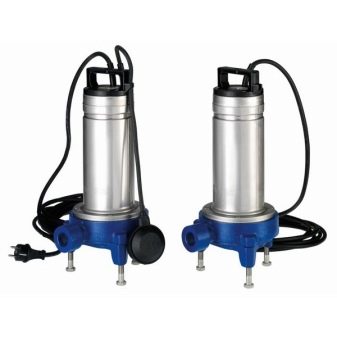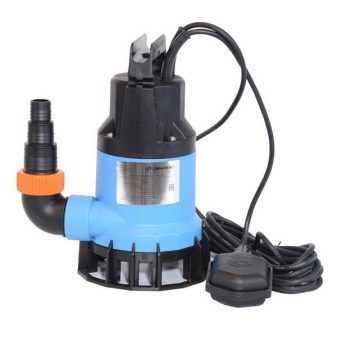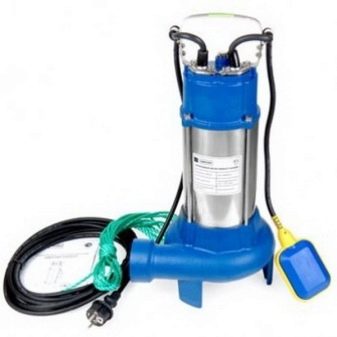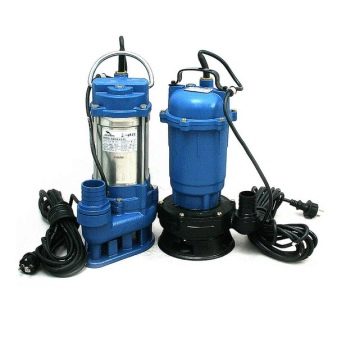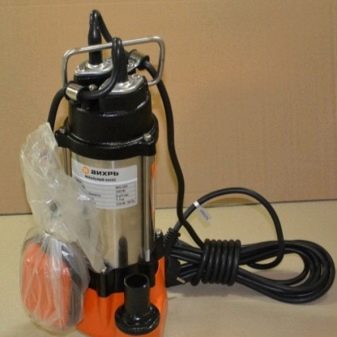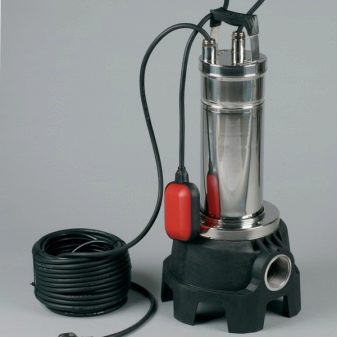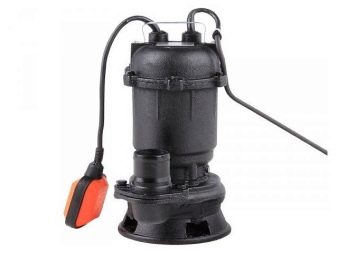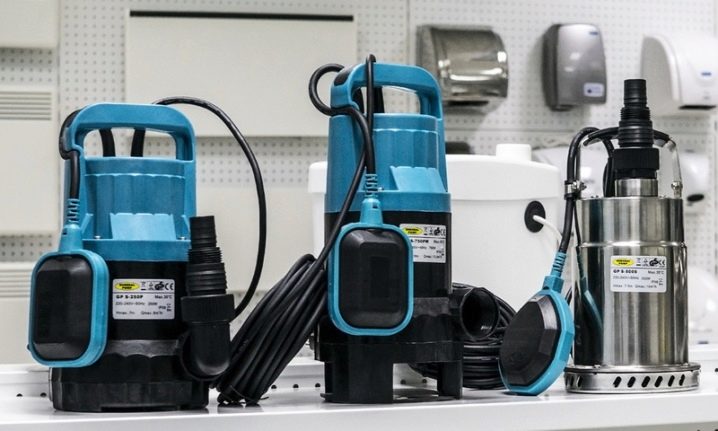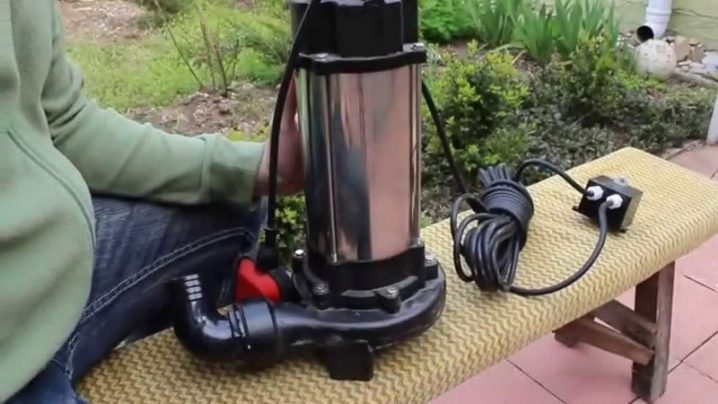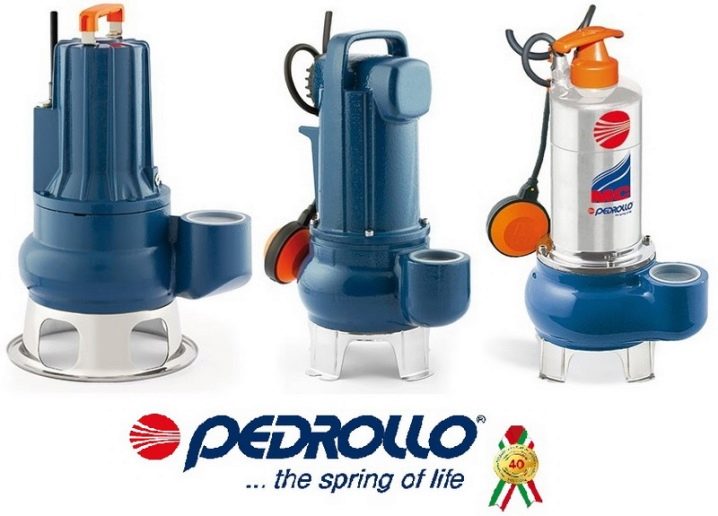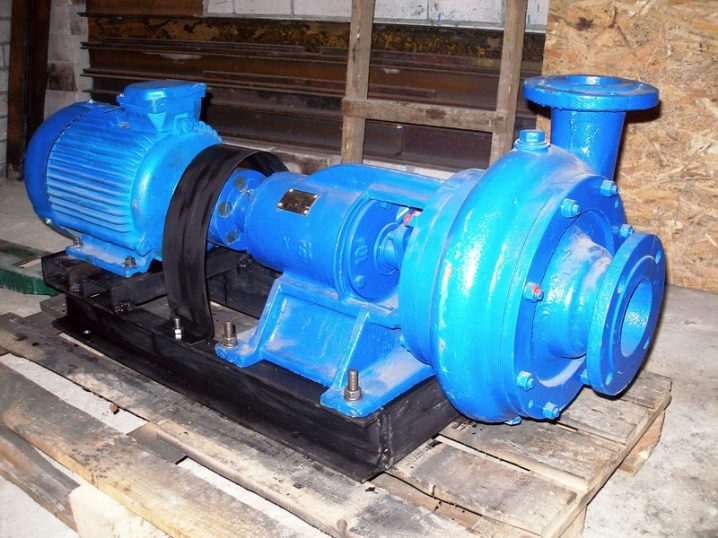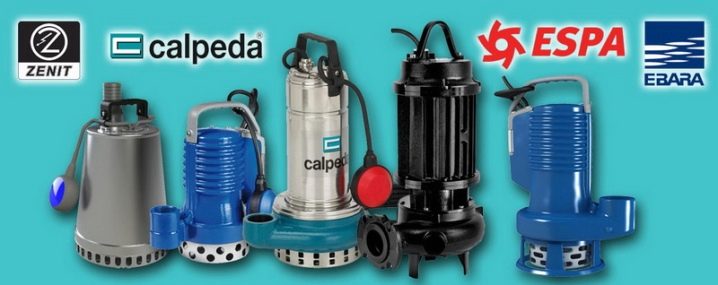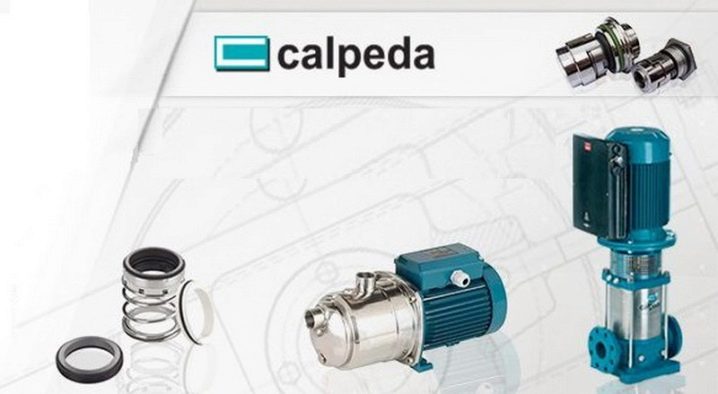Fecal pumps: device, types and subtleties of choice
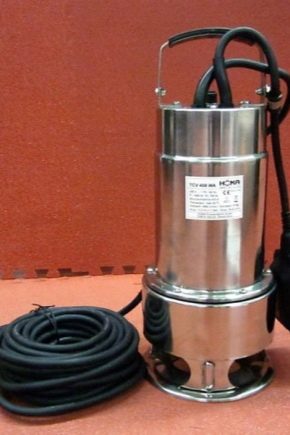
The organization of comfortable living conditions does not end at the heating and ventilation systems, as well as the provision of water and electrical energy. We have to think about ways to drain already used water, waste generated in the process of human activity. The best solution is to use fecal pumps to pump out “dirty” waste.
What it is?
Fecal pump unit - a device that allows you to process and pump waste into the sewer system. The main characteristic of these pumps is their ability to pump the media both horizontally and vertically.In the horizontal plane, the unit is able to pump out liquid media from a distance of 100 meters, and in the vertical - no more than 7 meters. The device has a complex structure compared to pumping units for other purposes.
The main parts of faecal pumps are:
- housing:
- rotor;
- shaft;
- camera;
- sealing rings;
- Working wheel;
- nozzles.
The pump body is made of high strength material that withstands water hammer and is not subject to corrosive attack.
Installation of the fecal pump is necessary in the following cases:
- if it is impossible to install pipelines at right angles to the sewage system;
- in the case of installation of sanitary devices on the design decision without taking into account the optimal conditions for their use;
- for pumping domestic waste, located below the level of the main wastewater;
- to increase the pressure with a large length of sewer pipe to avoid clogging;
- for transfer of waste from a septic tank.
Purpose and principle of operation
The main purpose of faecal pumping units is pumping liquid household waste into the sewage system.
Due to the high power and ease of operation, there are other functional capabilities of these devices:
- with intensive accumulation of moisture in the basement or basement of the room, you can install a submersible pump model that will automatically turn on when a certain level of dirty water is reached;
- at home, a fecal unit can help get rid of the consequences of a natural disaster - floods, rains, snowmelt;
- in the presence of drainage and storm sewer systems, pumping equipment for the cesspool will allow to avoid overflow of reservoirs and collectors;
- used for the possibility of cleaning and replacement of water in artificial water sources;
- for irrigation systems in the presence of lakes or rivers.
The principle of fecal pumping equipment is very simple. After high-quality installation and start-up, the pump starts pumping out household waste. Solid inclusions, getting inside the device, are crushed in a special device. After that, the liquid medium through the discharge pipe is sent to the general sewer system. The grinding mechanism inside the pump can be installed at the bottom of the cylinder.With its functioning, waste is “cut” like scissors. It may have a conical shape of several knives, which creates centrifugal force in the pump impeller. Finally, the mechanism can be installed not inside, but in a separate unit before entering the pump.
What is different from other units?
In addition to faecal pumps, there are also drainage devices. Both types are designed for pumping contaminated liquid media. What is their difference? Drainage devices pump out media with solid impurities of small dimensions (sand, silt, etc.) and prevent larger particles from getting inside the device and are equipped with nets. Thus, they are installed in storage wells for pumping of light liquids, as well as drainage and stormwater wastewater. However, drainage devices will not cope with pumping sludge or sediment from the bottom of the septic tank. Fecal pumps will also perfectly cope with the cleaning of cesspools and septic tanks, as well as pumping out highly contaminated and viscous media with solids.
The size of solid impurities should be no more than 0.5 cm, and the waste may not always be so small, therefore, in this situation, special grinders are installed. They are available for centrifugal pumping units.Impurities enter the impeller of the device already not larger than 0.5 cm in size. Therefore, if a fecal pump is needed for cleaning the sump, it is necessary to pay attention to models with a grinding device that will grind large solid impurities into smaller ones.
Species
For proper selection of faecal pumping equipment it is necessary to understand its varieties:
- submersible devices;
- surface devices;
- semi-submersible models;
- household pumping units.
Submersible pump - a device having a block at the bottom of the storage tankwhich completely plunges into the pumped-over environment. It is installed for cleaning cesspools, as well as for pumping water from basements. Thanks to high-quality waterproofing, the pump unit is not afraid of moisture. Another, no less important advantage of the submersible models, is a long service life, even in conditions of constant pumping of aggressive media, as they are made of stainless steel and cast iron.
The pump unit starts to function automatically, for which the float mechanism responds to the level change.Installation of a submersible pump is nothing complicated. It is enough to install guides along which the pump goes down on the cable. The device will be located on a special pipe. In case of repair, the pump is removed to the top in the same way.
One of the drawbacks of immersion models is the limitation on the temperature of the pumped medium, which should not exceed 40 degrees, since the cooling of the pump assemblies occurs due to the pumped liquid. In the reverse case, the pump components will overheat and fail. Submersible devices pump over contaminated media if the size of solid particles in them does not exceed 0.35 mm. In another case, you will have to choose a model with a cutting mechanism. Pump capacity - 400 m3 per hour.
Semisubmersible aggregates with a float are mounted on the surface with sewage. The part responsible for pumping the fluid is directly immersed in water, and the device’s electric motor is located above the reservoir. The semi-submersible unit cannot cope with large solid elements, as it is capable of pumping contaminated liquids with solid fractions less than 0.15 cm in size.The main disadvantage of a semi-submersible pump is the inability to equip it with a grinder, as a result of which it is not used in the industrial segment, and the pump is quite useful for domestic use.
Surface devices are low cost. They have a small capacity and do not pump out liquids with solid fractions with a diameter of more than 0.5 cm. The advantage of the pump is ease of transportation. Also, surface units are not equipped with waterproofing, so after operation they should be stored in a dry room. Exposure to moisture will result in equipment failure.
Such a fecal pump is located on the edge of the reservoir, only the hose is lowered into the liquid. It can be operated only in the warm season, as in the cold the pump components will freeze and stop working.
Domestic fecal pumps with a grinding mechanism are designed to ensure uninterrupted pumping of waste water. They look like a regular toilet cistern and are sold at any plumbing store. The household pump is equipped with a vacuum storage device, which houses the mechanism for grinding the solid fractions and a small fecal unit.Water is collected in the accumulator before filling, after which the pump and the grinding mechanism are automatically turned on, which grinds large particles into smaller ones and sends all this to the sewage system. There are homemade household pumping units.
How to choose?
When buying a fecal pump unit, you must be guided by some criteria.
- Power and voltage. Most models operate from a normal 220V network. All the technical features of the pump — capacity, elevation of fluid, pressure, and the ability to pump contaminated highly viscous media — depend on the capacity of the unit.
For giving suitable models with a capacity of not more than 500 watts. With increasing power, electricity consumption is also increasing. However, with high performance apparatus durable use of energy and will not be required.
- Performance fecal pump. This amount of fluid that a pump is capable of pumping per unit of time is determined in liters per minute.
- Head pressure The pressure parameter generated by the device during the discharge process is determined in meters of water column.The pressure should be such that it is enough to lift water from the depth of the tank to the sewage flow. For an approximate calculation of the optimal indicator, it is necessary to focus on the following relationship: 1 meter of head will ensure the movement of fluid by 4 meters. The ordinary household pumps installed in the private house provide a pressure of liquid to 15 meters.
- The material of manufacture. Metal models should be chosen as they are considered the most reliable. These materials include cast iron and stainless steel. Ordinary steel will not withstand the effects of aggressive media.
Cast iron is a cheaper material, but bulky machines are made from it. Also, when using cast-iron pumps, you will have to be as careful as possible, since this is a brittle alloy, and even with an accidental impact, cracks are formed. Stainless steel devices will be the most effective options. They are quite aesthetically appealing and affordable. Plastic pumps have not received much popularity among buyers.
- If you wish to choose an automatic model, you need to pay attention to the pump having a float mechanism with a switch.If you intend to use the pump exclusively in manual mode, you can save on automation.
- The depth of immersion in the water is noted in the technical parameters of the equipment.
- The permissible size of solid impurities, which for normal operation should be about 0.3 cm.
- In the conditions of transporting hot media, it is necessary to study the technical parameters of the model, since many faecal pumps are designed for pumping liquids with a temperature not exceeding 35 degrees.
- In the event that there are interruptions in the mains, it is necessary to take care of the voltage regulator.
- An important role in choosing a fecal pump is played by the manufacturer. Therefore, if possible, you should choose models of popular brands that have gained popularity among buyers. It is necessary to buy equipment only at specialized points of sale in order to avoid defects and fakes.
Marking of pumps:
- the letter "F" - the possibility of pumping highly contaminated media with a size of solid fractions up to 0.3 cm;
- the letter "H" - the possibility of pumping corrosive liquids;
- the presence of only numbers on the device means that the unit can pump extremely clean water at a size of solids not exceeding 0.5 cm.
Manufacturers Overview
According to customer reviews, the following brands occupy the first places in the ranking of the best manufacturers.
- Italian company Pedrollo specializes in the production of only fecal submersible pumping units. Products are assembled from high quality materials and have a democratic cost. The body of the apparatus is predominantly cast-iron or steel. The maximum liquid head is 15 meters. The power of the units is 70 m3 per hour, and in the industrial segment there are models with a capacity of 94 m3 and a lifting height of liquid up to 24 meters. They cost much more expensive than household devices.
Positive characteristics of fecal pumps from the manufacturer Pedrollo:
- high quality parts;
- wide range of products;
- democratic value.
Cons - large dimensions and weight. According to customers, such pumping units are versatile, because they pump any liquid media. In addition, the equipment is reliable all parts and body.
- Ukrainian company "UKRNOSOSPROM" produces SM surface pumping units. Production materials - stainless steel and cast iron. Are intended for operation in industrial conditions and in life.The pressure of the device reaches 80 meters, power - 50 m3 per hour.
The advantages of using pumps of this brand:
- high performance and good pressure;
- great functionality;
- low cost;
- reliability.
The disadvantages of the CM brand devices are a lot of weight in excess of 18 kg. According to customer reviews, low-cost models are easy to use. Devices do not have to be cleaned of dirt, as is the case with other models.
- Italian company Calpeda Over 50 years of existence, has established itself as a reliable and loyal manufacturer of fecal pumping equipment. Brand products occupy leading positions in the middle and high price segment of the market for these products. The power of the equipment is 30 m3 per hour, the liquid is lifted up to 11 meters.
The advantages of installing pumps from Calpeda:
- wide model range;
- economical consumption of electrical energy;
- ease of maintenance and reliability.
Disadvantages:
- expensive compared to more productive devices;
- impossibility of installation to a depth of more than 2.5 meters;
- does not pump over contaminated environments with heavy precipitation.
According to customer reviews, the quality of Calpeda pumping units corresponds to its value. The body is made of cast iron, and the working body - brass.The device pumps over environments at a temperature no more than 40 degrees and with mechanical rainfall no more than 0.3 cm in size.
For information on how to choose a fecal pump, see the following video.
